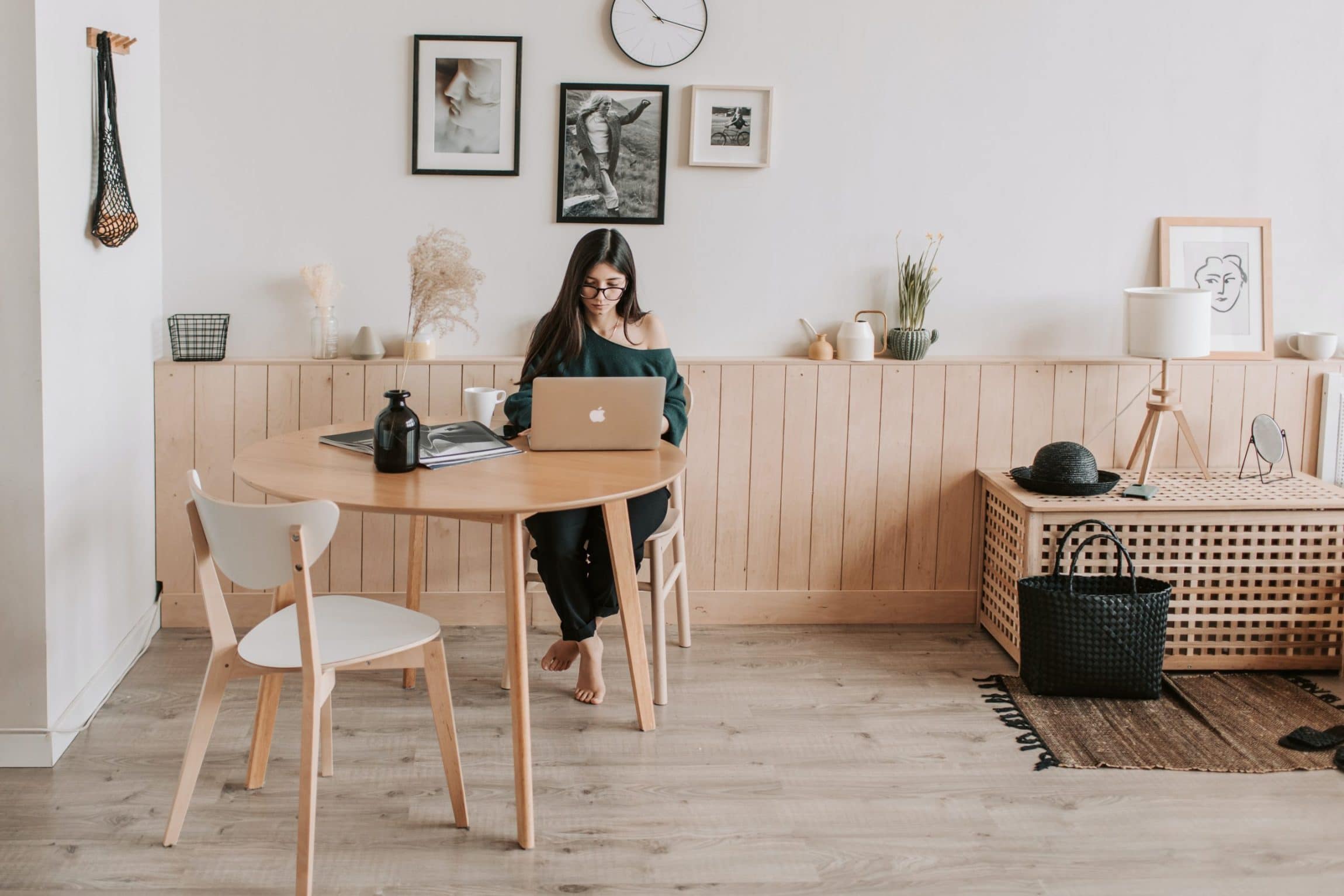The Art of Minimalism: Developing a Balanced and Serene Living Setting
The Art of Minimalism: Developing a Balanced and Serene Living Setting
Blog Article
Understanding Minimalism: Strategies for Reducing Clutter and Enhancing Quality in Everyday Living
Minimalism is progressively identified as a viable strategy to boosting clarity and focus in today's messy world. By methodically reviewing our possessions and focusing on intentionality, we can develop spaces that not only show our values however also promote psychological well-being.
Defining Minimalism and Its Advantages
Specifying minimalism entails comprehending it as a way of living choice that stresses simplicity and intentionality in both daily routines and physical possessions. At its core, minimalism urges people to prioritize what really matters, allowing for an extra meaningful and focused presence. By removing away the non-essential, minimalism welcomes people to engage deeply with their experiences and surroundings.
It fosters mental quality, as reducing mess in one's setting can lead to decreased interruptions and tension. Minimalism advertises financial freedom; by prioritizing requirements over wants, individuals can make even more informed purchasing decisions, leading to prospective savings and reduced debt.
Ultimately, minimalism is not just regarding material decrease yet involves an all natural shift in viewpoint, promoting a life defined by balance, function, and gratification. Welcoming this lifestyle can bring about profound modifications in how individuals engage and regard with the globe around them.
Assessing Your Present Clutter
Clutter usually manifests as an overwhelming accumulation of items that no longer serve a function, creating a barrier to achieving a minimalist way of life. To properly assess your current clutter, it is necessary to adopt an organized strategy. Begin by recognizing the areas in your living space that feel chaotic or frustrating. Bear in mind of specific categories of products, such as clothes, publications, or kitchenware, as this will assist you recognize the range of the mess.

In addition, think about the frequency of usage for each product. Eventually, understanding your current clutter is a crucial step towards accepting minimalism and boosting clarity in your everyday living.

Practical Decluttering Techniques
Having analyzed your existing mess, the next step is to apply practical decluttering techniques that assist in an even more organized living space. Minimalism. One effective technique is the "Four-Box" technique, where you mark 4 boxes identified: maintain, donate, trash, and relocate. This method encourages fast decision-making and makes sure things are categorized suitably
One more approach is the "One in, One out" rule, which states that for every brand-new product acquired, an existing thing needs to be removed. This concept helps keep balance and prevents build-up in time. In addition, take into consideration the "30-Day Minimalism Game," where you remove one product on the first day, 2 on the second, etc, cumulatively promoting a sense of accomplishment.
For those that have problem with emotional attachments to properties, the "Nostalgic Worth" method can be useful. Limitation yourself to a specific number of cherished products, enabling you to value their importance without frustrating your room. Lastly, establish a routine decluttering timetable, whether monthly or seasonally, to keep a clutter-free setting. By employing these methods, you can create a more tranquil and efficient living space, inevitably improving quality in your day-to-day life.
Creating Intentional Spaces
Creating intentional areas includes a thoughtful technique to exactly how we style and arrange our atmospheres, making sure each location serves a particular function and mirrors our worths. This technique is essential in cultivating a feeling of quality and purpose in our day-to-days live. By seriously assessing the feature of each room, we can remove distractions and boost our total wellness.
To create deliberate rooms, begin by determining the primary tasks that will take place in each area. As an example, a home news office need to be created to cultivate performance, integrating elements such as ample lights, browse this site comfortable furniture, and marginal disturbances. In contrast, a leisure area need to advertise tranquility, including relaxing shades and comfy seats.
Furthermore, consider the emotional impact of your surroundings (Minimalism). Including individual items that reverberate with your worths, such as artwork or plants, can boost the connection to your area. Regularly assess these settings to ensure they remain to offer their designated function as your demands develop
Inevitably, developing intentional rooms has to do with making conscious selections that line up with your lifestyle, promoting consistency and effectiveness in your living and functioning environments.
Keeping a Minimalist Mindset
Accepting a minimal frame of mind requires recurring representation and intentionality in our actions and ideas. Set apart time to examine your dedications, belongings, and even digital web content, guaranteeing they align with your core principles.
Another secret method is to exercise thankfulness. Acknowledging what you already have fosters contentment and lowers the desire for excess. This shift in perspective urges recognition for simpleness, improving general wellness. Integrating mindfulness techniques, such as reflection or journaling, can even more reinforce a minimal attitude by advertising clearness and lowering mental clutter.
In addition, develop limits to secure your energy and time. Discover to claim no to non-essential obligations and distractions that do not add to your individual development. Border on your own with similar people that sustain your minimal trip, as shared worths can enhance inspiration and liability.
Conclusion
To conclude, welcoming minimalism uses significant advantages, including minimized clutter and boosted clarity in life (Minimalism). By systematically evaluating properties and applying functional decluttering techniques, individuals can produce intentional spaces that foster mindfulness and thankfulness. Preserving a minimal way of thinking needs recurring assessment and commitment to simpleness, inevitably bring about a more more tips here concentrated and fulfilling way of living. The concepts of minimalism act as useful devices for growing a setting that sustains personal growth and well-being.

Additionally, take into consideration the "30-Day Minimalism Video Game," where you get rid of one item on the first day, two on the 2nd, and so forth, cumulatively promoting a sense of accomplishment.
In verdict, welcoming minimalism supplies substantial advantages, including reduced clutter and enhanced quality in daily life.
Report this page